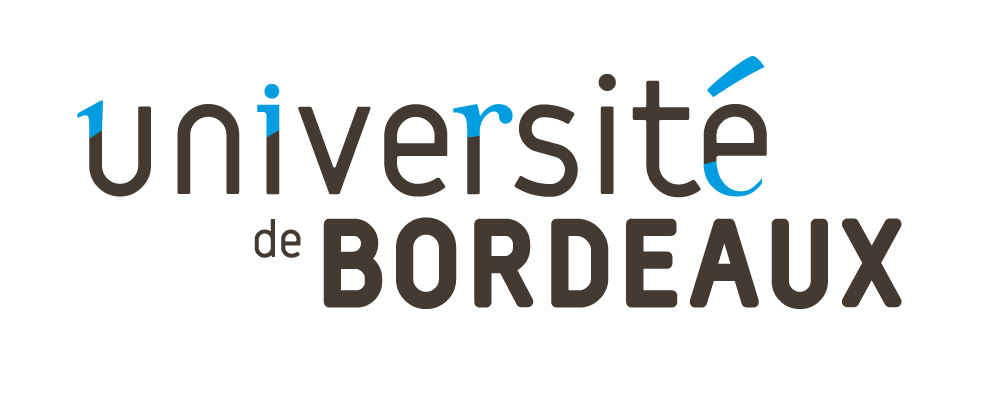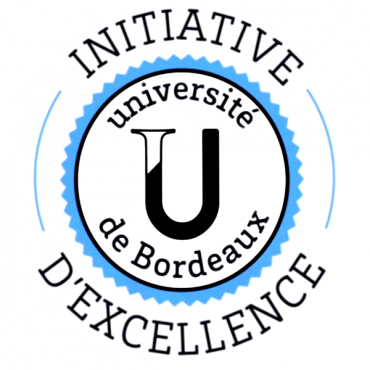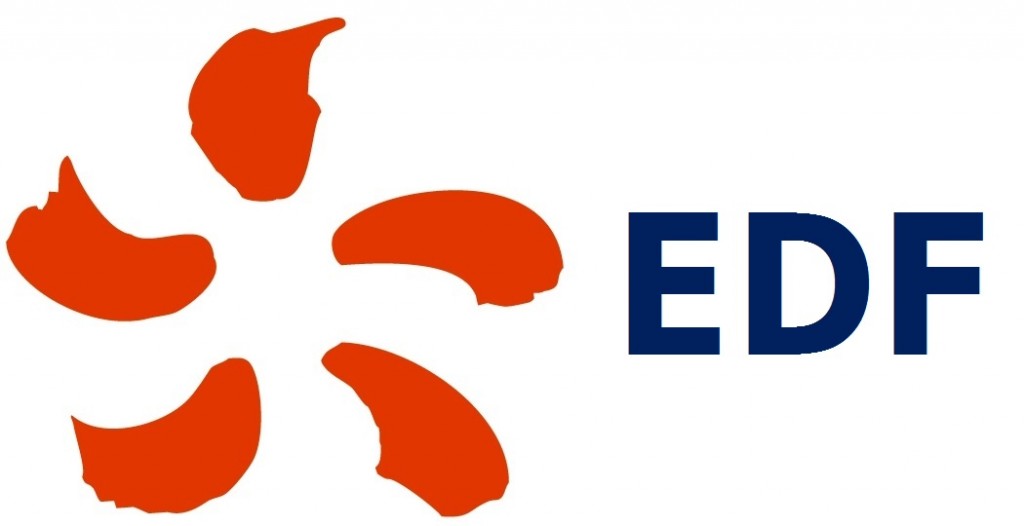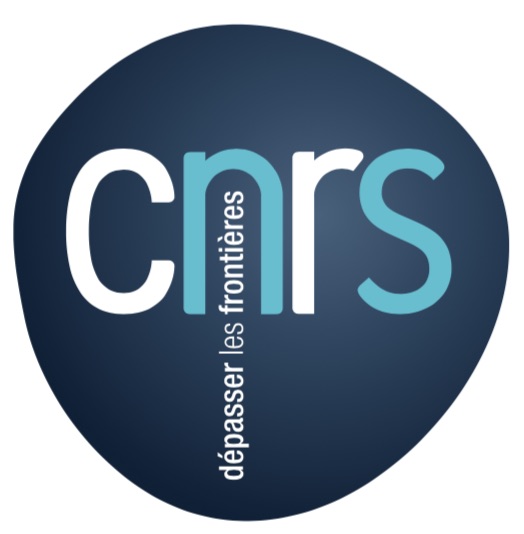Reduced-order models at work: Industry and Medicine
→
Europe/Paris
Ada Lovelace (Inria Bordeaux Sud Ouest)
Ada Lovelace
Inria Bordeaux Sud Ouest
200 avenue de la ville tour, 33405 TALENCE
, , ,
Description
The workshop aims at tightening the link between fundamental research on Model Reduction and clinical and industrial applications. Topics of the presentations will include reduced basis methods for parameterized systems, Proper Orthogonal Decomposition, nonlinear compression methods, data assimilation and geometry inference methods.
This workshop is supported by: Inria - EDF - Bordeaux INP - Université de Bordeaux - CNRS- IdEx - HORIZON H2020







Contacts
Participants
